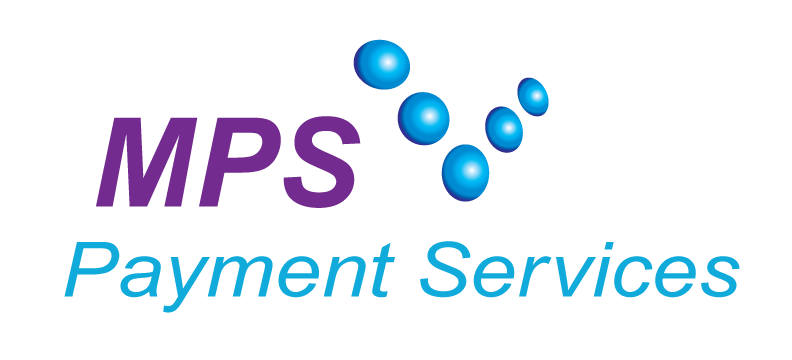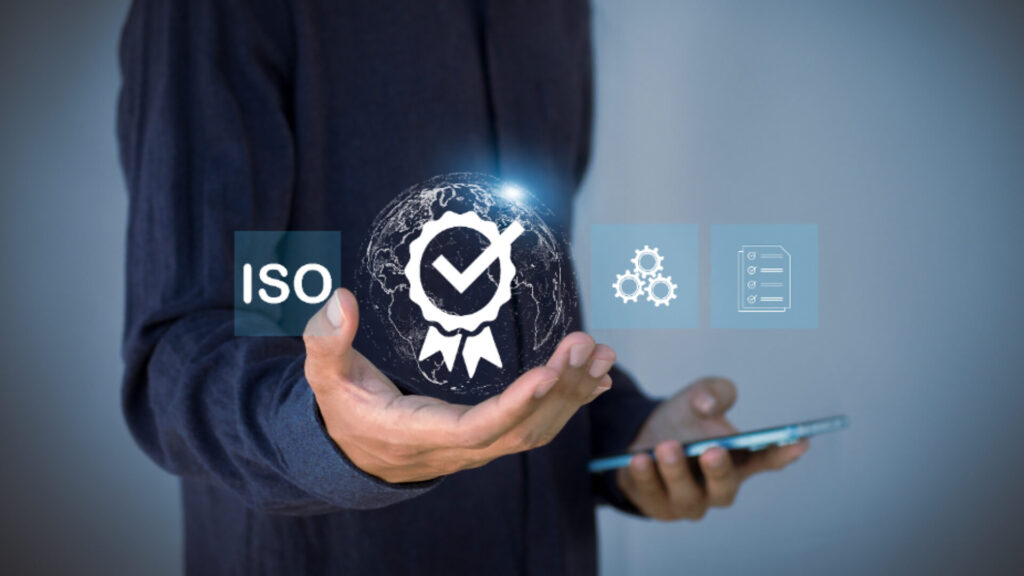WHAT IS ISO 20022?
A single standardization approach (methodology, process, repository) is to be used by all financial standards initiatives.
ISO 20022 is a multi-part International Standard prepared by ISO Technical Committee TC68 Financial Services. The standard provides a common language and framework for financial transactions, such as payments, securities trading, and treasury management.
ISO 20022 defines a set of messages, data elements, and business processes that can be used to exchange information between financial institutions and other parties involved in financial transactions. These messages are designed to be highly structured and easily understood, which helps to reduce errors and increase automation in the processing of financial transactions.
It describes a common platform for the development of messages using:
- A modelling methodology to capture in a syntax-independent way financial business areas, business transactions and associated message flows.
- A central dictionary of business items used in financial communications.
- A set of XML and ASN.1 design rules to convert the message models into XML or ASN.1 schemas, whenever the use of the ISO 20022 XML or ASN.1-based syntax is preferred.
ISO20022 Goes Live: The Game Has Just Begun!
MT-MX conversion will be a critical part of banks’ message transformation toolkits as they tackle ISO 20022 migration. Using a SWIFT MT to MX converter is a quick way to ensure that banks can process MX messages and avoid interruptions to their business.
What is the ISO 20022 equivalent of an MT103 message?
To directly answer the question, the ISO 20022 Customer Transfer message type PACS. 008 is the equivalent of an MT103. It’s also worth noting that a Bank-to-Bank Transfer PACS.
Few noticeable points:
Single MX messages will be able to cover multiple SWIFT messages. Ex Pacs.008 can manage MT 103 and MT102 or camt.052 can manage MT941/942/971/972. So, MX is providing an advantage, where a smaller number of message formats have to be dealt with.
SWIFT has not identified mapping for a few MT messages for payments, Ex MT190/191/199 /290/291/299 types.
Already a lot of changes happened related GPI, so equivalent to GPI, SWIFT needs to announce. Either push MX or push GPI else this chaos will keep on going.
Seems that most of the vendors and banks have to carry on both (MT and MX) for a pretty long time, though at first glance it always looks like MX has the edge. SWIFT itself mentions MX as richer, smarter and faster.
As per the original plan of SWIFT> MT categories 1, 2 and 9 messages used in cross-border and cash reporting payments will be decommissioned in November 2025. So, the next 4 years are going to be chaotic for banks and payment system providers.
Smart move by SWIFT to have a common MX message equivalent to multiple MT messages. It removes lots of redundancy.
Better Payment Demands for Better Data: MT to MX Migration
Speed, innovation, and standardization are the three magical words that help sustain the payment industry. Since the fintech world seems to be encountering a turning point with the migration of these payment messages from the current MT format to ISO 20022, how one capture all these features in every transaction? The answer is the MT to MX migration.
When the untrained eye looks at the new proposed ISO 20022 messages standards, the whole structure resembles gibberish. There is a standardized way that helps those untrained eyes start picturizing the exact information that needs to be incorporated.
Future waits for Financial Institutions with ISO 20022 Migration
Financial institutions find themselves in an uncertain world. The older styled ISO 15022 has been replaced by ISO 20022 to make the message standard centralized. These message standards are used by the SWIFT members comprising non-bank financial institutions, money brokers, banks, clearing systems, corporates, and banks. In fact, it has been discovered that there some service providers (outside SWIFT members) started adopting SWIFT FIN messages for the services they offer to their customers.
These service providers have also started investing to support ISO 20022 message format to streamline all the transaction processing standards. After all, the lack of a standardization process minimizes the speed at which transactions need to be processed.
MT to MX Migration Perplexities
If the financial institutions deal with the old MT category 1, 2, and 9 messages, this is high time to start riding on these new message standards. The financial institutions in Europe, South America, Europe, and Asia have adopted the MX migration standards. There are chances that some messages will enter banks with the MT formats and MX formats, demanding the parsing of the MT messages and identifying any truncated details from the MX messages.
The new ISO standard workflow will expedite the process not on the payment processes but also in cash management, reconciliations, liquidity management, confirmation, and other related functions. Thus, it is important to define the messages of MX migration properly and understand the proper routing to, processing by, and the back-office/front-end applications to reconfigure the system to match.
To summarize, here are the advantages offered by ISO 20022:
- Improved efficiency: ISO 20022 provides a common language and structure for financial messages, reducing the need for customizations and enabling more automated processing. This can result in faster, more efficient payment processing and settlement.
- Increased interoperability: By using a common standard, ISO 20022 enables greater interoperability between different payment systems and networks, making it easier for financial institutions to exchange data with each other.
- Enhanced data quality: ISO 20022 includes more detailed and structured data elements, which can help to improve data quality and reduce errors in payment processing.
- Enhanced data analytics: The increased data richness and structure of ISO 20022 messages enables more sophisticated data analytics, enabling financial institutions to gain greater insights into their payment data.
- Regulatory compliance: Many regulators are requiring or encouraging financial institutions to adopt ISO 20022 for certain types of payments, such as cross-border payments. Compliance with ISO 20022 can help financial institutions meet these regulatory requirements.
Let’s Shape the Future Together!
Embark on a journey of digital transformation with MPS. Whether you’re a startup or Fintech looking to establish your online presence or an enterprise seeking to optimize operations, we have the expertise to bring your vision to life.

